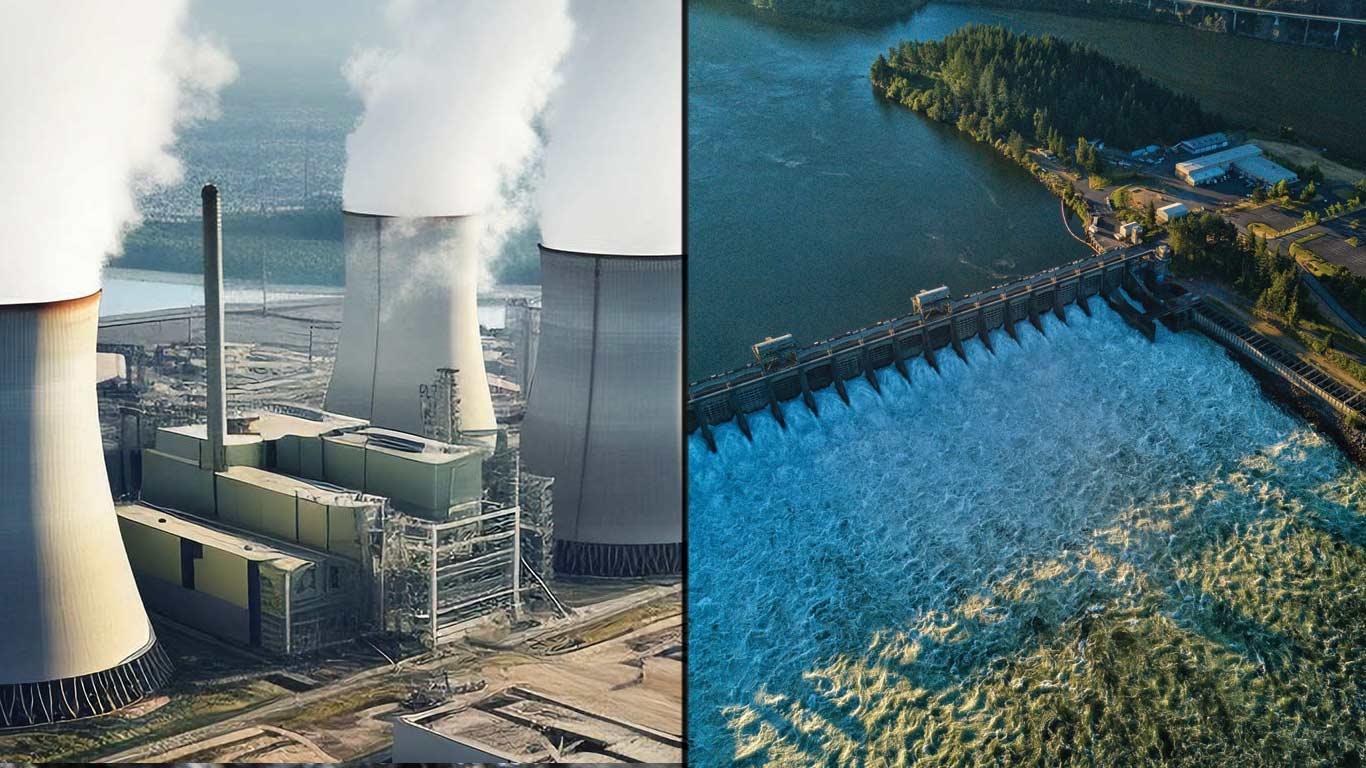
India Plans 5055 GW Hydro Pump Storage & 100 GW Nuclear Capacity By 2047: CEA
“In the last three years, the kind of policy changes that have happened in this particular segment, we have seen a lot of traction coming from the private sector, particularly in the hydro and hydro pump storage,” Prasad said at the sidelines of an industry event, according to ET.
He credited support from agencies including the Ministry of Environment and Forests, the Central Water Commission (CWC), the Geological Survey of India (GSI), and the Central Soil and Materials Research Station (CSMRS) for faster clearances.
Closed-loop hydro pump storage projects, he noted, have been exempted from certain approvals, providing additional momentum.
Prasad underlined the importance of rotating mass technologies such as hydro and nuclear power for maintaining grid stability as renewable energy's share in the electricity mix rises.
“Hydro pump storage definitely is going to play a good role. But at the same time, we must also try to focus on nuclear as well,” he said.
On nuclear power, Prasad said India's capacity expansion-from the current 8.8 GW to 100 GW by 2047-will be supported by a combination of large 700 MW reactors, small modular reactors, and new technologies.
He confirmed that a roadmap for achieving this target has already been prepared in consultation with central public sector undertakings such as Nuclear Power Corporation of India Ltd. (NPCIL) and NTPC, as well as private sector partners, though details have not yet been made public.
Emerging technologies, including thorium-based reactors and advanced water reactors, will play a central role in the planned nuclear expansion, Prasad said.
He added that enabling this scale-up would require significant policy, regulatory, and legislative changes.
“From somewhere around 8.8 gigawatt to going up to 100 gigawatt is not a small task. It's a good task, and where a number of things will be involved,” he remarked.
(KNN Bureau)
Legal Disclaimer:
MENAFN provides the
information “as is” without warranty of any kind. We do not accept
any responsibility or liability for the accuracy, content, images,
videos, licenses, completeness, legality, or reliability of the information
contained in this article. If you have any complaints or copyright
issues related to this article, kindly contact the provider above.


















Comments
No comment